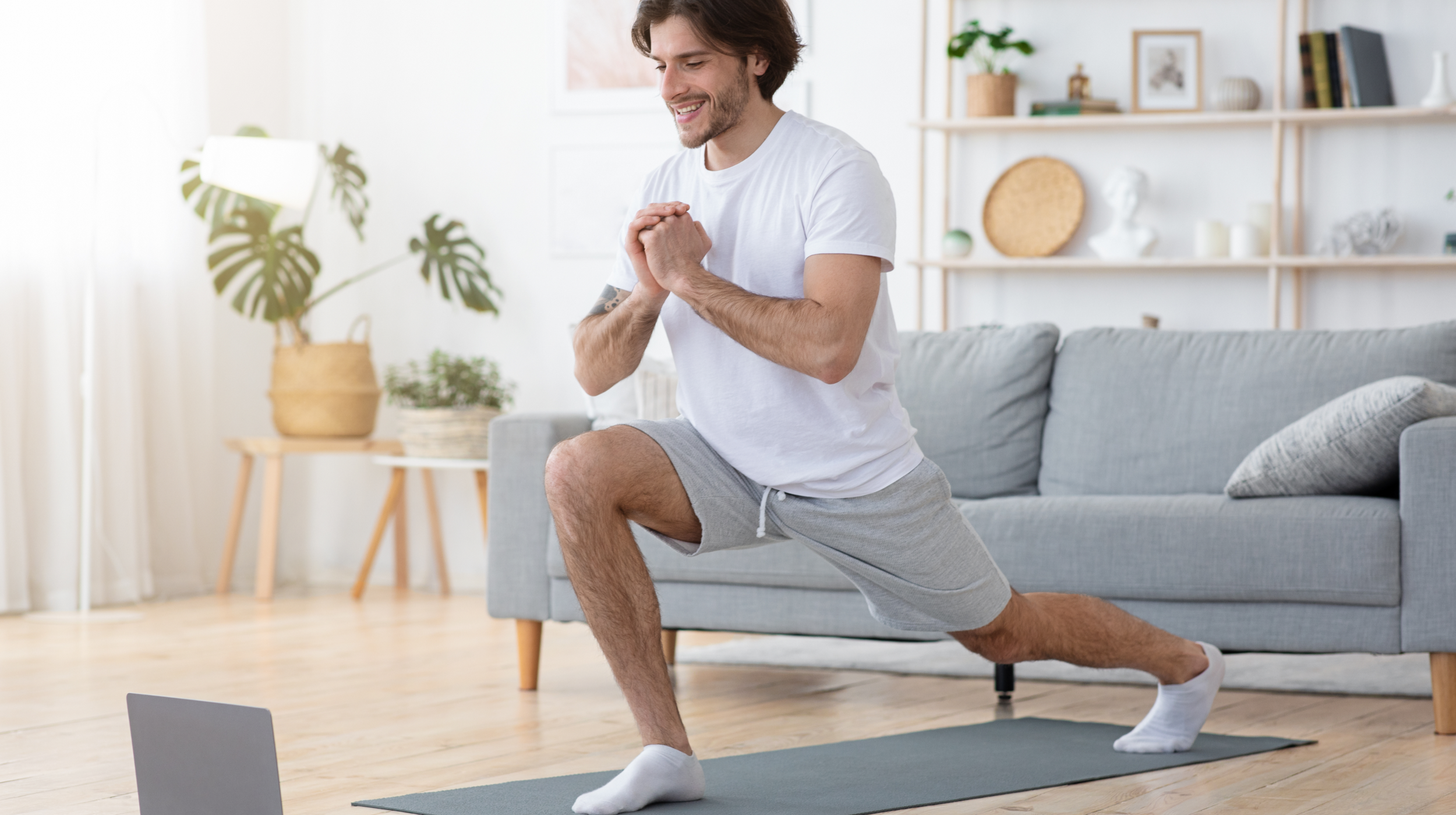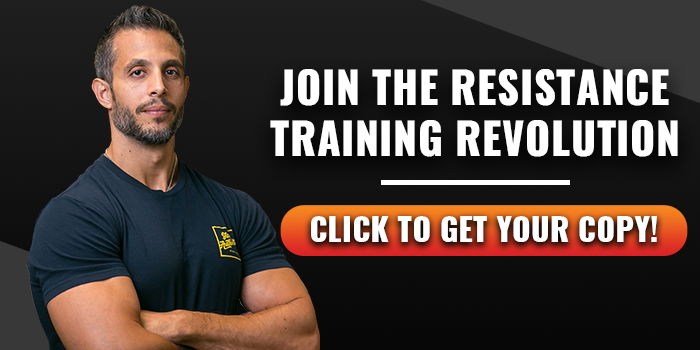At home workouts aren't just for people who can’t get to the gym. Believe it or not, it is good to take a break from the gym once and awhile to let your body deload or recharge to super compensate for the gains made the weeks or months prior. Guys especially think they just need to keep loading up the volume and resistance non-stop, and the gains will keep coming. This is simply not true. There needs to be what is called a “supercompensation effect” where it takes a week or so for your body to catch up to the sheer amount of volume it has just been put through.
It doesn’t take a lot of equipment. It can start off with bodyweight depending on your training level, but even some dumbbells and resistance bands, or a suspension trainer will do the trick. When we first got locked down, I started off with only bands, and eventually got myself a Powerblock. If you are a little more serious about the bodybuilding aspect, and have the budget I highly recommend those. They go up to 90lbs each, and take up very little room in your apartment or house (they’re compact).
What An At Home Routine Looks Like
It doesn’t hurt to change the stimulus your body is receiving. A lot of times, it’s the workout regimen you are not doing which is the one you should be doing most. I know my biggest fear of not having a gym, and having to rely on my at home workouts, was losing size. Having done it the past year, I can confidently say that will not be an issue.
Progression
When designing a program at home, just keep in mind the biggest thing you need to stay on top of is tracking your workouts, and making sure you have a way to progress. It could be adding reps, weight, or time under tension. It doesn’t have to just be increasing weight all the time. The less experience in the gym you have, the more options you have since any new stimulus you throw at it will take a lot less resistance than an advanced lifter.
If all you have are bands, then I would focus on time under tension, and reps. Adding weight isn’t much of an option. You can use thicker bands over time, but it’ll be harder to quantify.
Time Under Tension - One method would be focusing on the eccentric, or lowering part of the lift. Start with a 3 second lowering. So if you were doing a bicep curl with bands or dumbbells, make sure it takes 3 seconds to get to the bottom position. Next week try it for 4 seconds, and so on.
Isometric - You can also focus on holding the top of the movement and really focusing on squeezing. So if you were doing bicep curls, you could hold the peak contraction for 3 seconds, then bring it down at a nice pace. What I would recommend for this is, since the extra hold at the top will be new to you, you probably won’t need to add time. Your reps should amount to significantly less since you may have not tried this method before. Instead focus on adding quality reps each week while still maintaining that 2-3 second contraction.
Reps - You can stimulate growth anywhere from 1-30 repetitions. Just note, the higher you go in reps, the closer to failure you need to be. So focus on doing more reps than the week before, but make sure they are quality reps, and that you are close to failure as you approach the upper limit. If you hit the higher end, try turning it into a single arm/leg motion with the same band or dumbbell, or using one of the above techniques to make it harder and thus bring the reps back down.
Bodyweight - There is something to be said for even just focusing on your bodyweight. Most people focus solely on weights, and never really learn body awareness. You are leaving a huge amount of untapped potential if you do not spend at least SOME time being able to handle and control your bodyweight through a full range of motion. You’d be surprised at how hard this can be if you’ve never done it before.
Being at home can allow you to check your ego at the door (I hope), and focus on quality movement patterns and recognize your limitations and get better at them. Increasing your strength by taking your muscles through a proper, full range of motion is key here.
Also keep in mind, don’t just limit yourself to exercises like push-ups and lunges. If you can get a hold of TRX straps, rings, or even working on handstand push-ups, the harder and more progressive variations of the exercises you get better at, the more they will challenge you in ways regular weights in the gym can’t.






